Australian painter Ted Blackall presents works from his extensive portfolio of abstract impressionist art. Learn more about him by visiting his website.
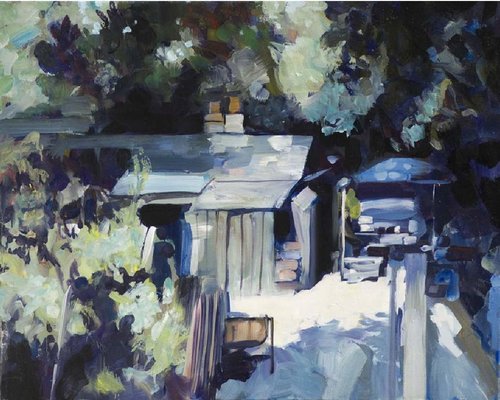
“Cold Springs Tavern” oil on canvas, 24″ x 30″
I am an Abstract Impressionist.
As a primary school kid, I was always drawing. In secondary school, my art teacher was great Australian artist Ian Bow. “Bowie” was definitely my first important influence in aesthetics, art for art’s sake and (post) impressionism. The skill he developed in my painting, together with a knowledge of art’s power, won me a place at RMIT University art school.
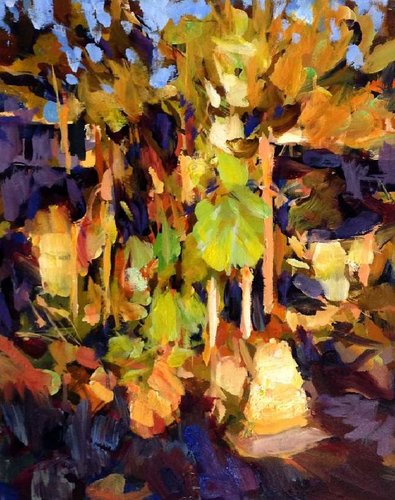
“East Wing Dawn” oil on canvas, 40″ x 30″
There, I had so many wonderful teachers, many great and famous names. Giant among even them was great Australian Impressionist William (Jock) Frater who set my brush style and access to aerial perspective, which I will die with. I graduated in Painting and Illustration and proceeded to establish and endure as an elite illustrator, award-winning, exhibiting painter /graphic designer/art and film director.
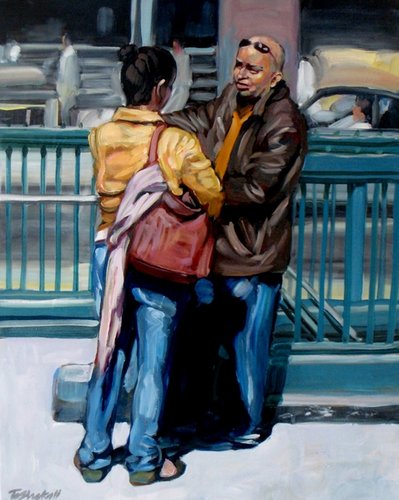
“No Word from Juan” oil on canvas, 24″ x 30″
Now, some decades later, having drawn and painted the 10,000 things, I find the commercial modes of my creative life have stepped aside and deferred to the fine art exhibiting Impressionist painting stream. And really, it’s about time.
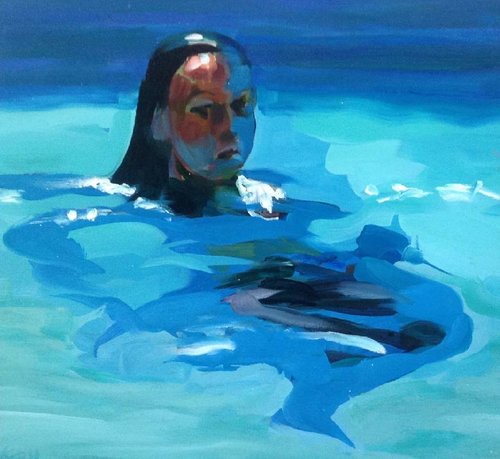
“Now Head Above Water” oil on canvas, 24″ x 36″
I am an Abstract Impressionist. Impressionist because that is what was given to me by Bow and Frater, and abstract because of what the quantum physicists have but recently discovered and shared with us.
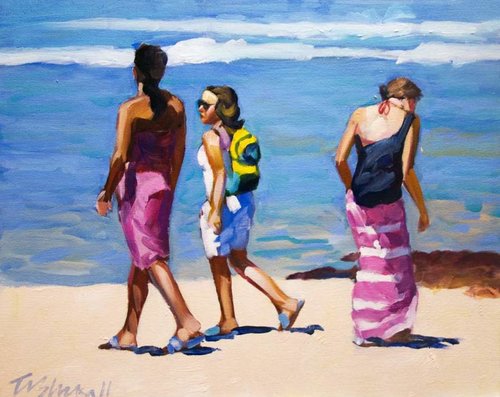
“WTF” oil on canvas, 16″ x 20″
Despite the most scientifically, intense and miniscule exploration of the quantum field, no actual matter can be found, just waves of energy. Ergo, nothing exists. Life is but a dream, a thought. (I knew it. I always knew this.) All is only one. One is not just a part of the quantum field (universe), one is the entire quantum field itself. One is, in reality, the one omniscient creator. One’s self is all that is. It’s a no-brainer. There is nothing and no “other” outside one’s self. One’s self but has to ask and is provided. One’s self is all that is.
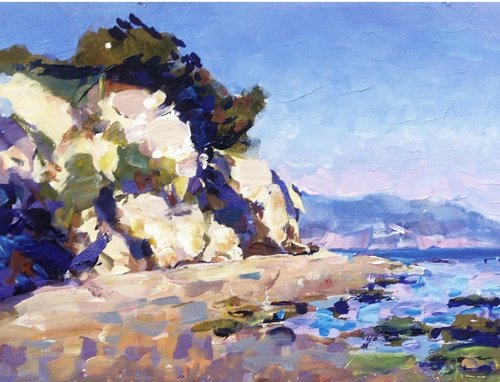
“Shoreline Dog” acrylic on canvas board 16″ x 20″
So it follows that a representational artist is inevitably engaged in pointless delusion in the rendition or depiction (of the 10,000) things. Hence, the 20th century introduction of Abstract Impressionism.
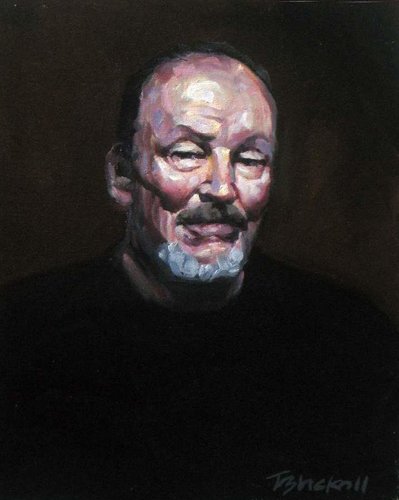
“John Bell” oil on board, 12″ x 15″
In recent times, as an Abstract Impressionism convert in search of subject matter, I stay alert to the occurrence of integrated, harmonised disposition of colour and shape, whilst totally abandoning consideration of the sentimental icon before me, e.g. a pet puppy or princess.
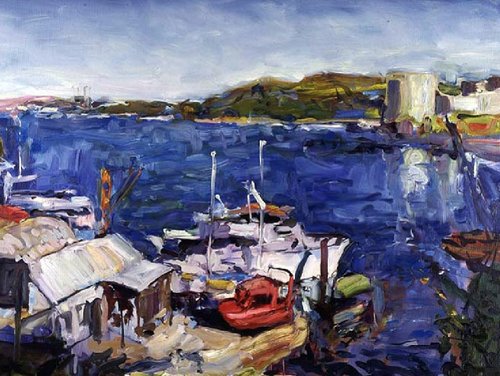
“Windy Berry’s Bay” oil on canvas, 48″ x 36″
I choose a subject (picture) with no concern for the names and or functions of any of the subject elements in a picture. I employ “objects” purely as agents and conveyers of profile, mass, tone and colour in visually “harmonious” displacement. I walk the fine line, the sweet spot between abstract and representational seeing, completing my pictures upside down on the easel, ensuring no compromise of the ‘design’ in the pursuit of accurate rendering .
I am an Abstract Impressionist.

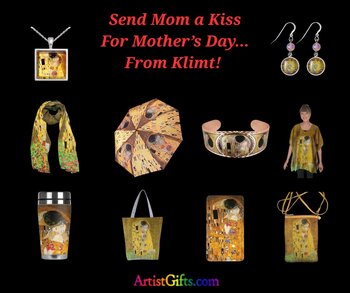
Speak Your Mind